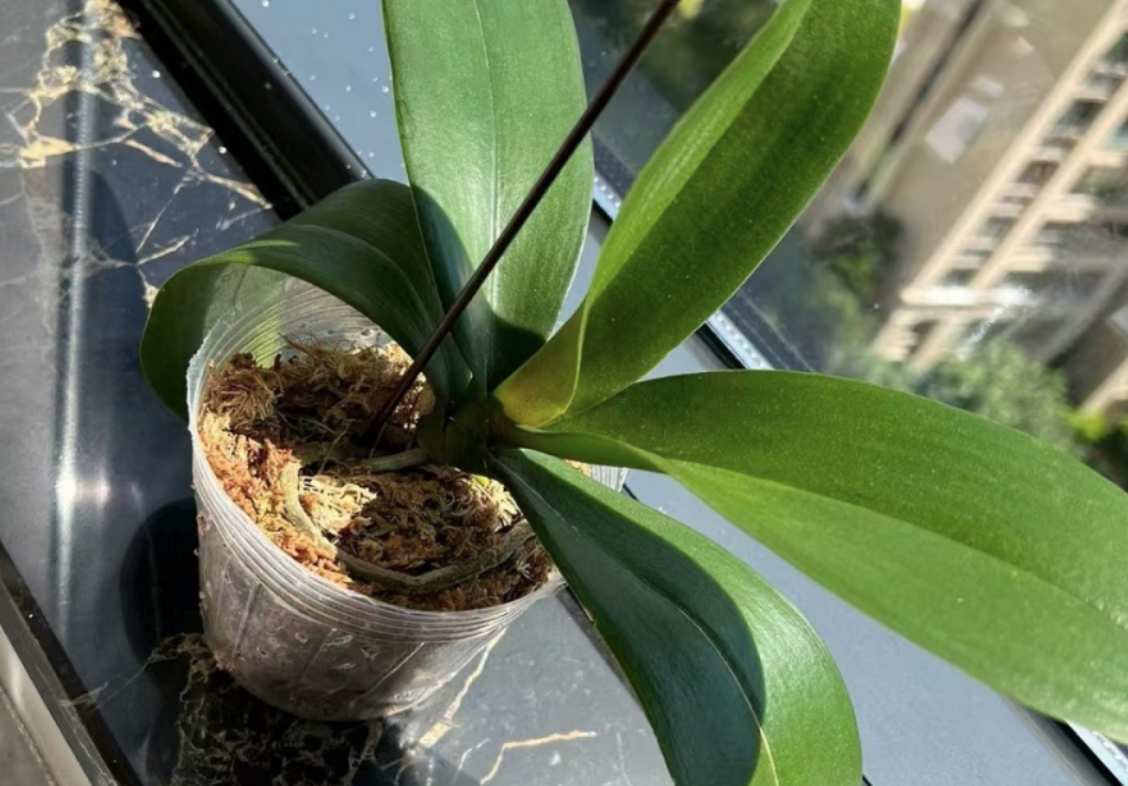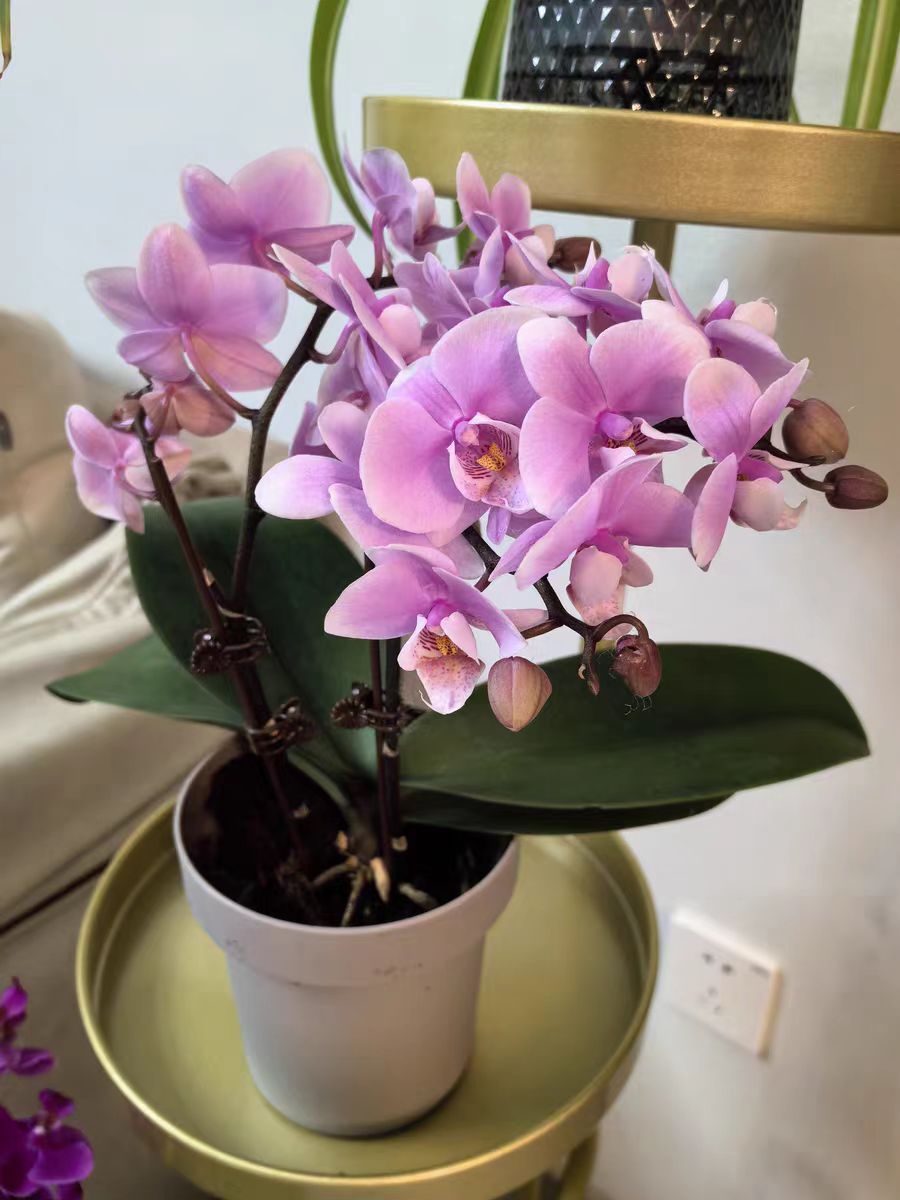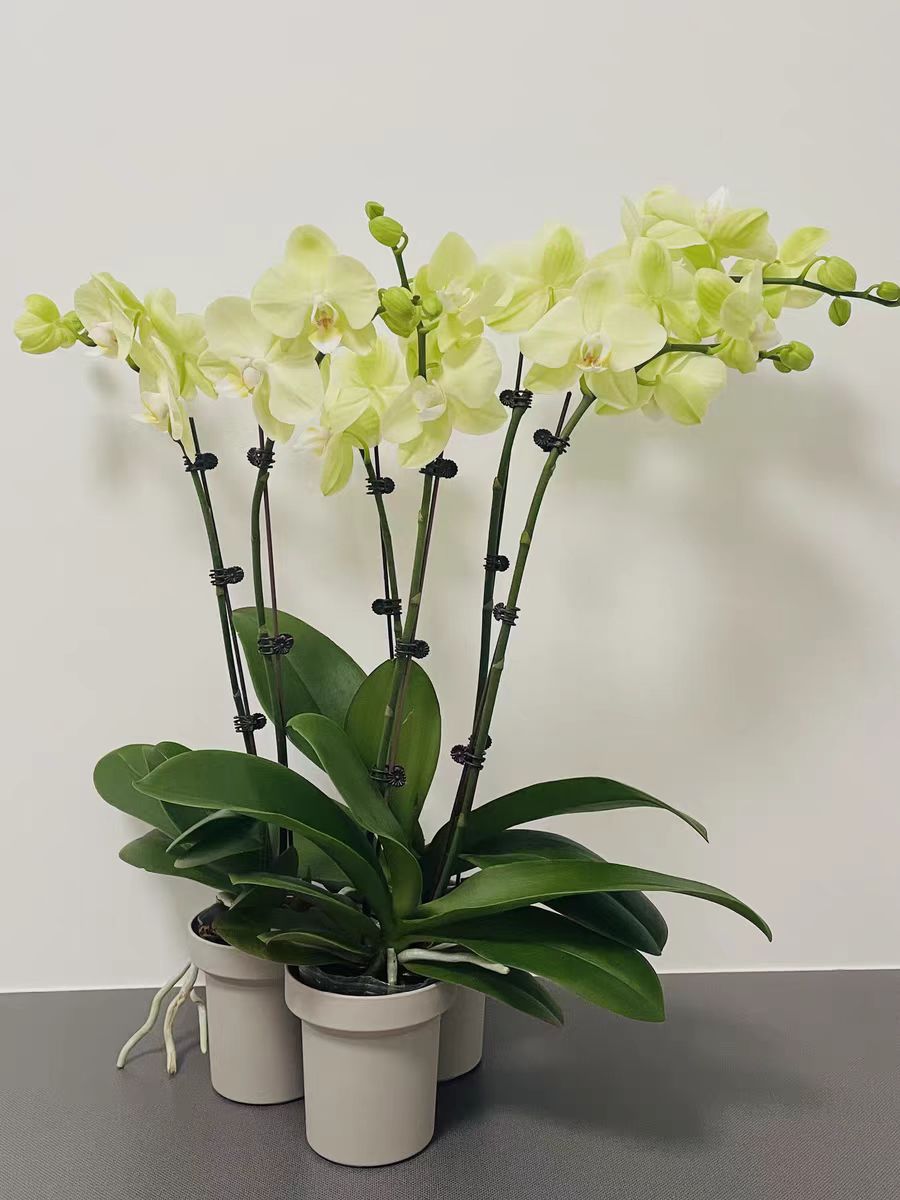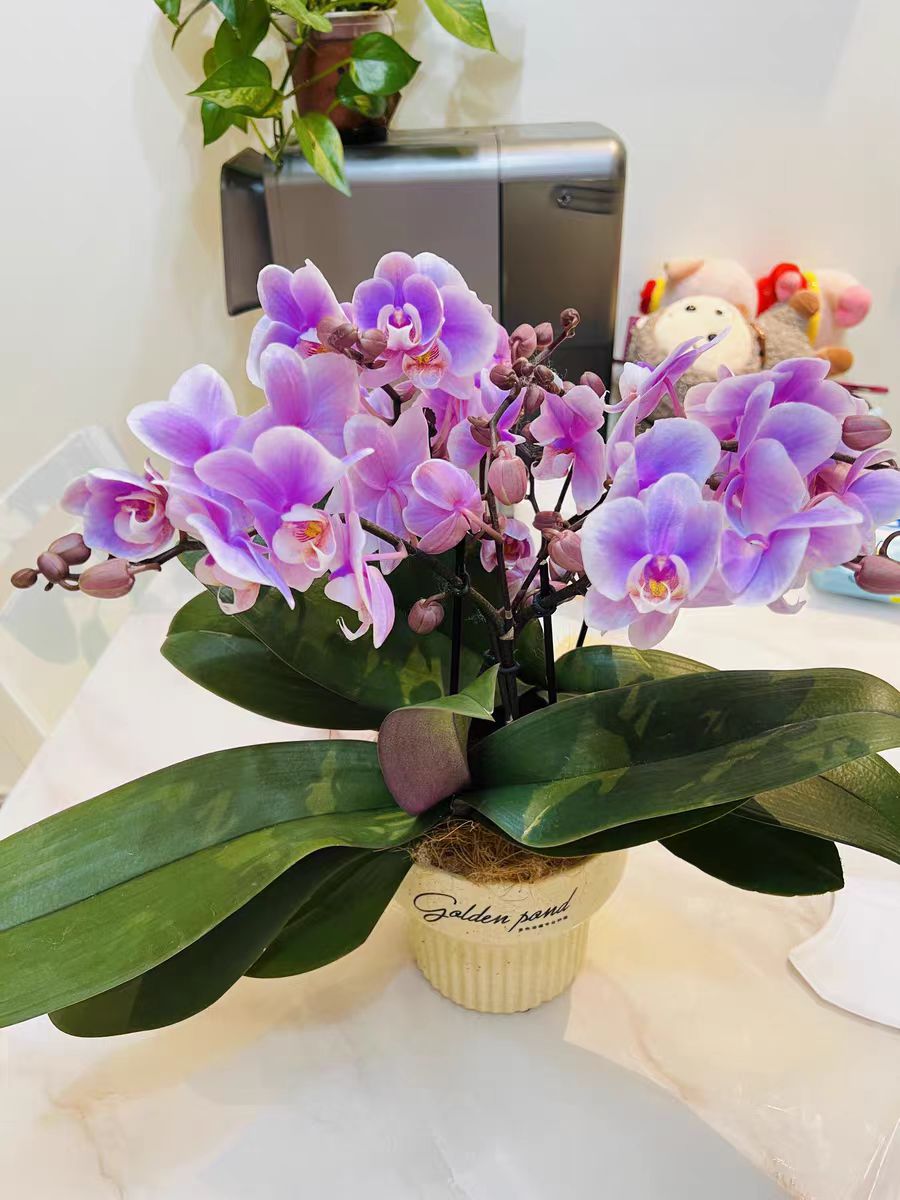On the journey of flower cultivation, I believe everyone hopes to raise a pot of beautiful and lush flowers. Among the many beautiful flowers, Phalaenopsis is surely the "white moonlight" in the hearts of many flower lovers. In fact, temperature and ventilation are two indispensable factors for cultivating it well.
First, let's talk about ventilation. For Phalaenopsis, ventilation is equivalent to human breathing. It can not only absorb fresh air but also effectively reduce the breeding of pests and diseases. If you place it in a relatively sealed indoor environment, it will pose a great threat to the growth of Phalaenopsis, because bacteria and fungi are prone to breed in an unventilated space. Therefore, it is recommended to open the windows regularly for ventilation. If conditions do not permit, you can use a fan to circulate the gentle breeze to ensure that Phalaenopsis can breathe fresh air.
Secondly, temperature is also one of the necessary factors for the growth of Phalaenopsis. Since Phalaenopsis is native to tropical regions, it has relatively high requirements for temperature. In winter, it should be placed in an environment where the room temperature is maintained between 15°C and 20°C. If the temperature is too high or too low, it will be unfavorable for the growth of Phalaenopsis. Therefore, we can use modern equipment such as heating pads and incubators to accurately create a suitable indoor temperature for Phalaenopsis and build a warm haven for it.
Finally, it should be emphasized that temperature and ventilation do not exist independently. They should work in coordination. While ensuring good ventilation, we should also do a good job in adjusting the temperature to prevent it from being too high or too low and minimize the damage to Phalaenopsis as much as possible. Meanwhile, in a suitable temperature, Phalaenopsis can also promote growth and flowering, enabling it to bloom more beautifully.
In addition, in other aspects of Phalaenopsis care, its requirement for water management is not strict, but waterlogging should be avoided. Therefore, you don't need to worry too much about watering. Additionally, Phalaenopsis also occasionally needs fertilization and pruning. In terms of fertilization, it is recommended to regularly apply an appropriate amount of fertilizer to Phalaenopsis. You can choose specialized orchid fertilizers and dilute them according to the recommended proportion on the instruction manual before use. In terms of pruning, if there are withered roots or overly long roots, simple pruning can also be done.
What is the cultivation temperature of Phalaenopsis?

Share with
Tagged in :




Leave a Reply